In today’s hyper-competitive, fast-paced digital world, the market doesn’t wait for anyone — and neither should your documentation. Traditional static documents, once painstakingly prepared at the start of a project, are quickly outdated the moment the market shifts, a new requirement emerges, or a feature evolves.
This is where Agile methodologies have rewritten the rulebook for how teams create, maintain, and collaborate on documentation.
From “Final Versions” to Living, Breathing Knowledge
Classic project documentation has often been treated like a finished novel — published, distributed, and rarely revisited. Agile flips that on its head, treating documentation as a living, collaborative entity that evolves alongside the product itself.
Agile documentation is:
- Incremental: Updated in small, frequent iterations rather than massive, infrequent rewrites.
- Collaborative: Created with direct input from developers, testers, business analysts, and even end-users.
- Purpose-Driven: Focused on what’s necessary and relevant, instead of creating documentation for documentation’s sake.
Why Agile Documentation Works in Fast-Changing Markets
- Rapid Adaptation
In sectors like software development, fintech, and e-commerce, new market demands can emerge overnight. Agile documentation allows teams to respond quickly, ensuring that everyone from developers to stakeholders has access to the most up-to-date information.
- Better Communication
With living documents, your knowledge base becomes a central hub. When requirements change, updates are visible instantly — preventing confusion and misalignment.
- Reduced Waste
Agile teams focus on creating just enough documentation to be valuable without drowning in unnecessary detail. This keeps the process lean and efficient.
Practical Approaches to Agile Documentation
- Use Collaborative Tools: Platforms like Confluence, Notion, or Google Docs make real-time updates possible.
- Integrate Documentation into Sprints: Documentation is treated as part of the sprint deliverable, not an afterthought.
- Link Docs to Development Workflows: Tie documentation directly to user stories, tasks, and releases for easy traceability.
- Assign Documentation Ownership: Make documentation a shared responsibility, so it never becomes outdated or forgotten.
The Bigger Picture
Agile documentation isn’t about eliminating structure — it’s about building flexibility into structure. It recognizes that the speed of market change means yesterday’s “final draft” may be today’s “outdated version.”
When done well, Agile documentation keeps your entire team aligned with business goals, even when those goals shift mid-project.
How MP Nerds Makes It Happen
At MP Nerds, we understand that a great product isn’t just about its features — it’s about how effectively teams can share, update, and act on information.
Our experts create dynamic, adaptable documentation frameworks that grow with your product, ensuring your team can:
- Stay aligned with shifting priorities.
- Adapt quickly to new opportunities.
- Maintain clarity without sacrificing speed.
With MP Nerds as your partner, your documentation becomes an asset that evolves, not a relic that gathers dust.
Ready to keep your projects aligned with a fast-changing market?
Let’s build a documentation framework that moves at the speed of your business.






